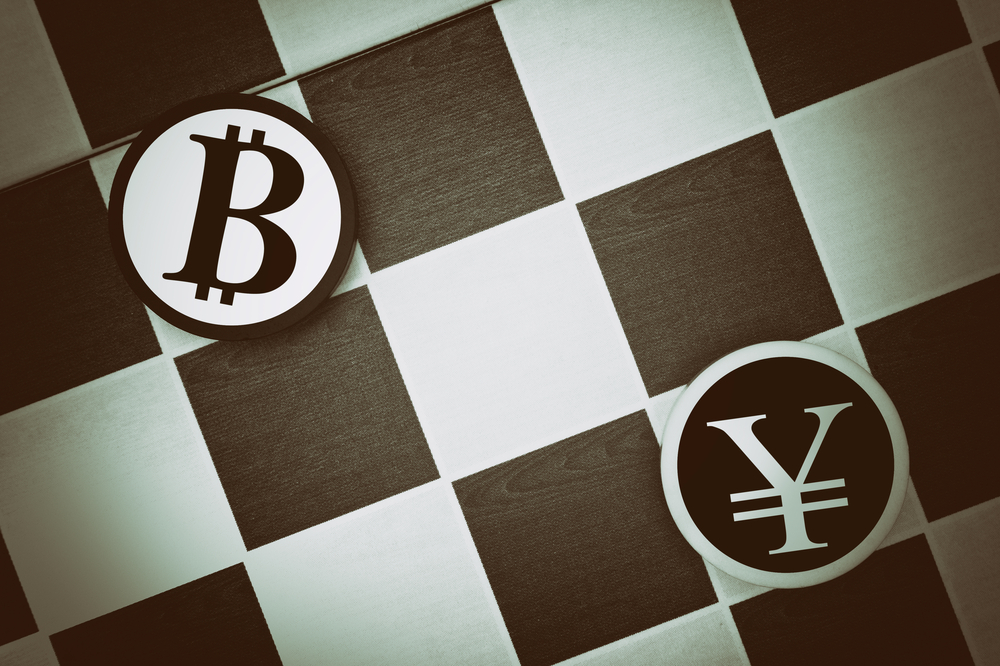It all started on January 11th 2017, when regulators decided to initiate a crackdown on Chinese Bitcoin exchanges. The PBOC (People’s Bank Of China) investigated a number of exchanges for suspicion that they weren’t adhering to government regulations. A few days after the investigation began, Chinese exchanges announced that they will be adding fees to their trading platforms.
Chinese exchanges have dominated the bitcoin market for as long as we can remember. At first, the Tokyo based MtGox exchange was the sole leader as the number one exchange. However, after the fall, its competitors took over. China’s two biggest exchanges, Huobi and OKCoin, accounted for more than 90% of global trading. OKCoin grew at an exponential rate, in 2016 alone over 1 million users registered in the first half of the year.
In 2016, the competition was heating up and exchanges stopped charging trading fees, meaning you could run trading bots and trade to your heart’s desire. The effects of such a trading system allowed for some crazy Bitcoin rallies, as well as some very unfortunate dumps.
Come January 24th and all the major Chinese exchanges announced that they will be charging a trading fee. A day earlier BTCC announced in their blog post:
BTCChina will start charging fees for bitcoin and litecoin trading from 12:00 p.m. (noon) UTC+8 on Tuesday, January 24th. Market makers and takers will both be charged a flat fee of 0.2 percent per transaction.
As regulators started to crackdown on these exchanges not only did they have to implement trading fees, but they were also required to perform KYC and AML checks on their customers. This resulted in quite a bit of traders pulling their assets off the books, combine that with the 0.2% fee and Bitcoin’s markets saw a significant drop in trade volume. Based on this chart can you guess when the fees got implemented?

Source: BitcoinWisdom
Bitcoin traders seem to have different opinions on the matter. Some believe that the increased regulation will stabilize Bitcoin’s price and will eliminate the volatility that we experienced before. On the other hand, others believe that the introduction of trading fees will reveal the Chinese traders’ playing cards. Now that the trading bots and the fake volume is gone, the market is showing its true colors. The order book on OkCoin is very thin, and it would take only 15 Bitcoins to move the price 20 yuan. To put this in perspective, it would take an order of $12,000 to move the price $3.
Furthermore, leverage and margin trading was disabled by Chinese exchanges as it did not pass regulations either. Apparently, OkCoin and Huobi were offering what’s called Naked Shorting. Usually, when a trader wants to short a stock, he needs to borrow a share from a broker who needs to have it on inventory. However, in the case of these exchanges, they never proved that they have the inventory to allow the short. In other words the would allocate “database bitcoins,” instead of actual bitcoins deposited by customers. Those “database bitcoins” are made up bitcoins that the exchange adds to their database in order to speed up some services. However, that also changes the true market behavior as bitcoins aren’t really transacted.
It was only a matter of time before the government took notice of the unregulated trading activity. While no laws were explicitly broken, the way these exchanges were set up allowed for easy market manipulation. It will be interesting to see how far the regulators will push Chinese exchanges, and who will take the lead next. There are exchanges in other countries which are seeing the advantage of this crackdown as their opportunity to take the lead, keep an eye out for new players.
If you liked this article, follow us on Twitter @themerklenews and make sure to subscribe to our newsletter to receive the latest bitcoin, cryptocurrency, and technology news.

